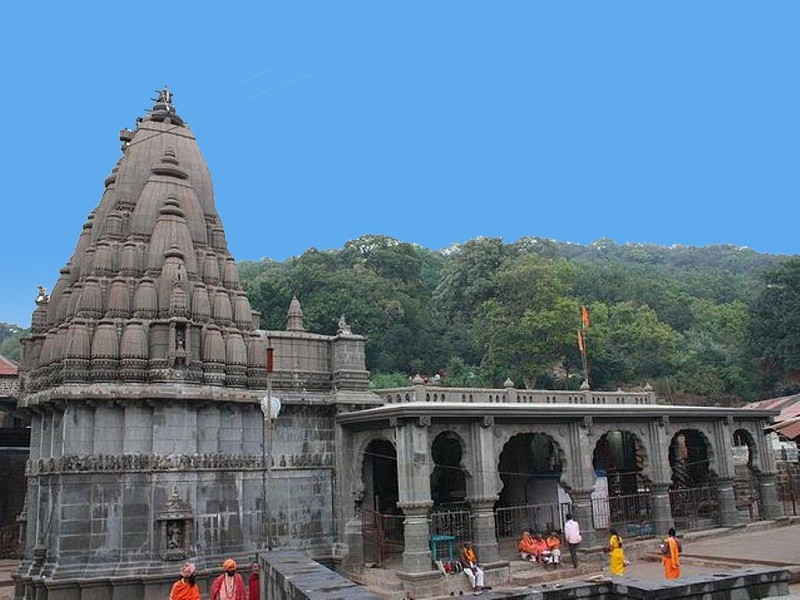Bhima Shankar pune
About Bhimshankar Temple
At a distance of 111 Km from Pune, 124 Km from Lonavala, 210 Km from Nashik, and 224 Km from Mumbai, Bhimashankar Temple is an ancient pilgrimage center located near Karjat in the Ghat region of Sahyadri hills in Maharashtra. This is one of the top pilgrimage sites in Maharashtra, and also one of the best places to visit near Pune. Dedicated to Lord Shiva, it is considered one of the 12 holy Jyotirlinga shrines in India, and one among the five Jyotirlinga temples in Maharashtra.. The other Jyotirlinga shrines in Maharashtra are Vaidyanath near Parli, Trimbakeshwara near Nashik, Grishneshwar near Aurangabad, and Aundha Nagnath Temple in Hingoli. Bhimashankar is also the source of the river Bhima, which flows southeast and merges with the Krishna River near Raichur.
History of Bhimshankar Temple
The origins of the temple's construction remain unclear, yet scholars and historical texts suggest that it was established in the early 13th century. In 1437 AD, a trader from Pune named Chimaji Antanji Nayik Bhinde added a court hall to the temple. Subsequent renovations occurred during the 18th century under Maratha rule. Notably, Nana Phadnavis, a prominent figure during the Peshwa period, is credited with the construction of the Sabhamandap and the Shikhara. Additionally, the esteemed Maratha king Chhatrapati Shivaji contributed to the Bhimshankar temple to support its daily rituals and ceremonies.
Raghunathrao Peshwa also constructed a well within the temple complex. Furthermore, Chimaji Appa, the brother of Bajirao I, donated a large bell that can be seen at the temple's entrance. This bell is one of several taken from a Portuguese church, which Chimaji and his forces captured as trophies after their victory over the Portuguese at the Battle of Bacaim in 1739. The Maharashtra state government has designated the temple area as the Bhimshankar Wildlife Sanctuary under the Wildlife Protection Act of 1972. Currently, the Bhimshankar temple is managed by the Pune Municipal Corporation and the Maharashtra Government.
Mythology of Bhimshankar Temple
There are many stories associated with the Bhimshankar Temple that find mention in Hindu mythological literature. One such narrative recounts that during the Treta Yuga, Kumbhkaran, the sibling of the asura king Ravana, had a son named Bhima. Driven by a desire for vengeance against Lord Rama for his father's demise, Bhima engaged in intense penance, worshipping Lord Brahma, the creator deity, and ultimately received a boon granting him immense power. However, this newfound strength led to Bhima's arrogance, prompting him to threaten King Kamarupehsvar, demanding that he cease his worship of Lord Shiva. When the king refused, Bhima imprisoned him, yet the king continued his devotion, even crafting a Shivlinga within his cell. Overcome by his own might, Bhima attempted to destroy the Shivlinga with his sword, but Lord Shiva intervened, vanquishing him. Following this event, the deities gathered and implored Shiva to remain at the site as a Jyotirlinga, which became known as Bhimshankar Jyotirlinga. Additionally, the perspiration shed by Lord Shiva during the confrontation transformed into the Bhima River.
Another tale tells of a demon named Tripurasura, who began tormenting innocent individuals after receiving a boon of immortality from Shiva. To eliminate this threat, Shiva enlisted the help of his wife, Paravati, and together, in the form of Ardhanarishvara, they defeated the demon, restoring harmony to the land. This shrine was established in commemoration of that event.


0 Comments:
Post a Comment
Subscribe to Post Comments [Atom]
<< Home